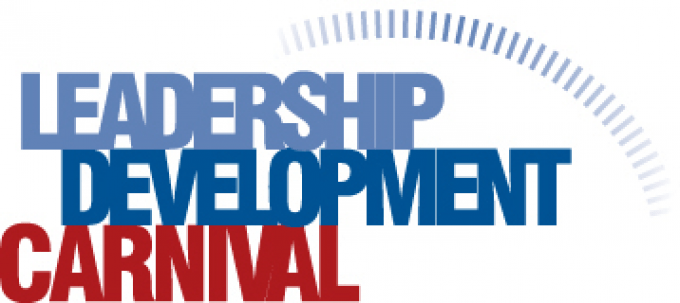“I just want them to show up and do their job and not complain,” said one burned-out manager to me not long ago. He was struggling with how to motivate the performance of several members of his staff, and in his exhaustion to try to be a leader, had adopted a mindset of something far from leadership.
So how do leaders influence and impact the performance of employees when sometimes we just want them to show up and do their job and not complain?
1. Adopt a Leadership Mindset. First, a mindset of leadership needs to be present. Leadership is grounded in seeing people as assets and realizing that the greatest responsibility of the role is to invest in people to drive their performance. This means spending most of our time as leaders with those we are trying to develop, not wishing they would disappear into the oblivion get their work done and not bother us. My manager client is never going to be able to drive performance in his employees long-term if his mindset about what his role is doesn’t change to one of leadership.
2. Get over your own burn-out. You can’t motivate performance if you’re burned out yourself. My client was tired. On top of dealing with employee issues that were unpleasant, he was trying to run a business, meet client needs and juggle a never-ending myriad of tasks. The personnel issues were just another thing that he was barely spending enough time on to be able to see any results, and his people know from his actions that they are being seen as just another annoyance in a never ending cycle of being hopelessly behind and burned-out. If you aren’t working smarter, not harder, why would they? Part of a leadership mindset is setting an example. If you are burned out and annoyed, you’re probably complaining and that’s why they are complaining too.
If you are burned out:
- Take some time to regroup; get away if you have to and unplug.
- Manage your time. Consider how you can kill two-birds with one stone by empowering your people through delegation.
- Get rid of stuff that doesn’t matter- say no. And saying no to investing time your employees shouldn’t be one of the no’s on your list. Saying no to things that aren’t important leads you to be able to say yes to your employees, who are important.
The bottom-line is leaders impact the performance of their employees by the example they create. If you want people to show up, do their job and not complain, then do the same. Adopt a leadership mindset and find ways to get over the burn-out and negativity you may be experiencing. If you can’t, then maybe you’re in the wrong role.
You’ll find that if you empower employees through your positive mindset and results, you’ll get much more than just a group of non-complainers who do their job. You’ll get a group of people who are engaged in their work and drive productivity. Start with yourself and it will rub off on those you seek to lead.






